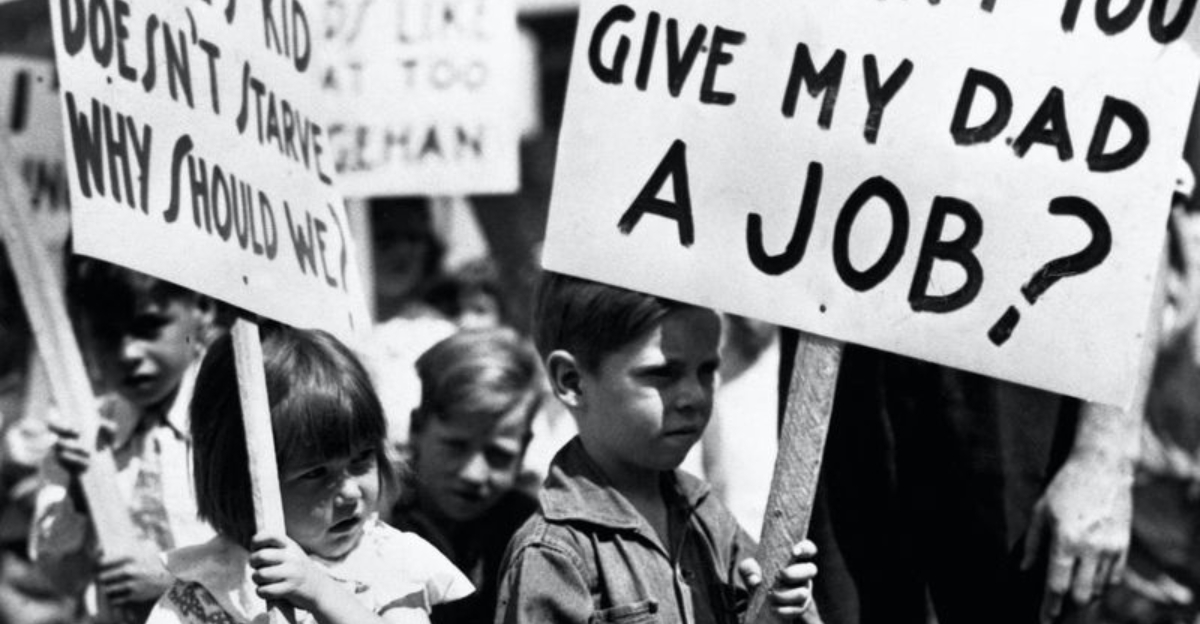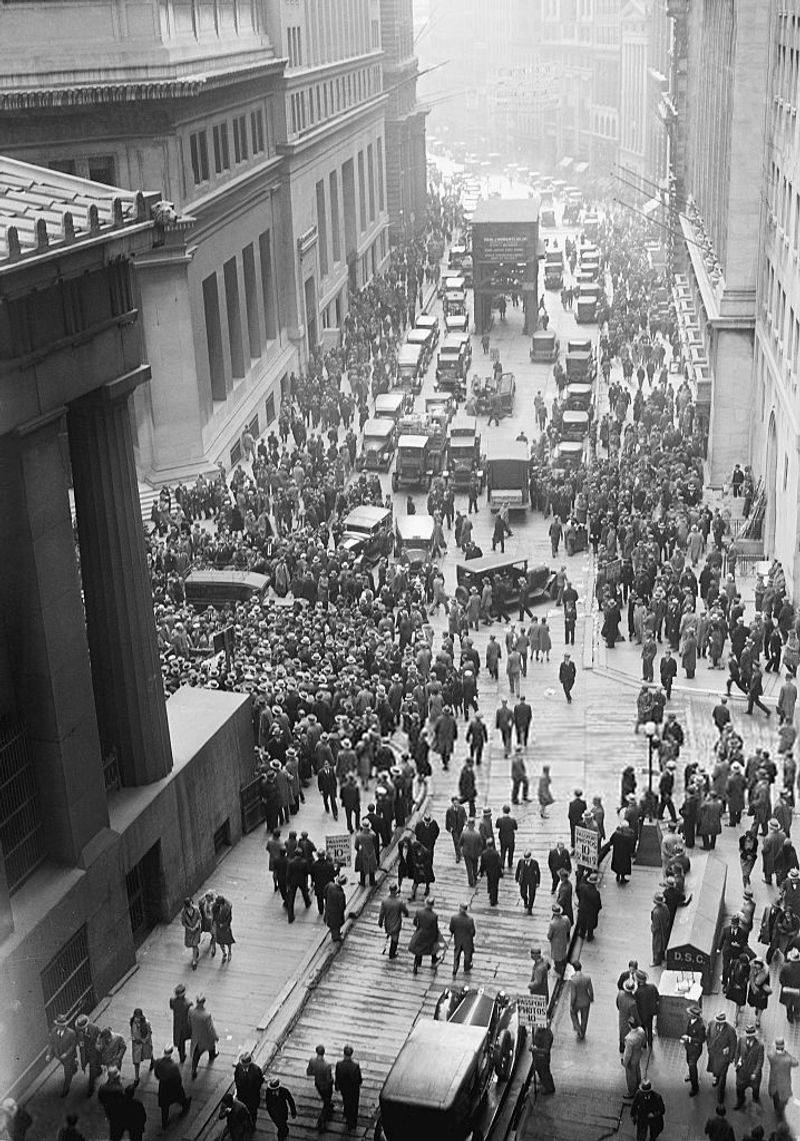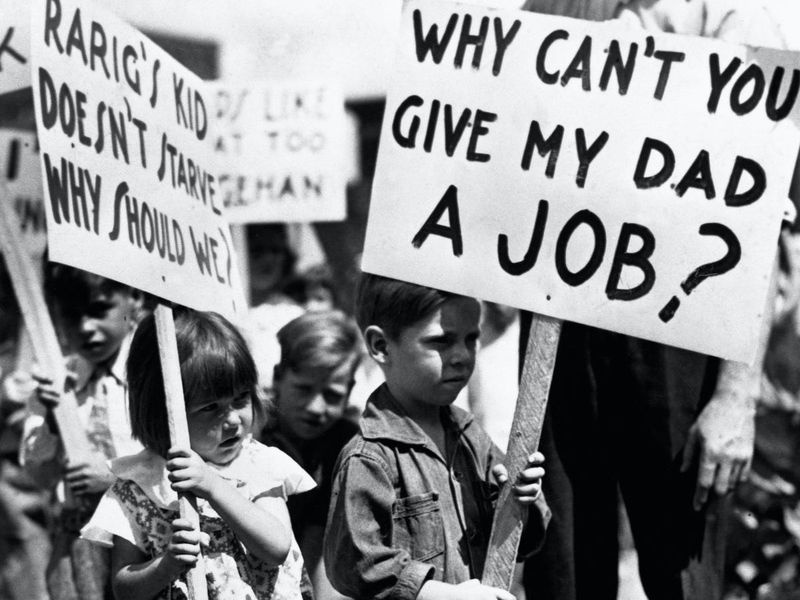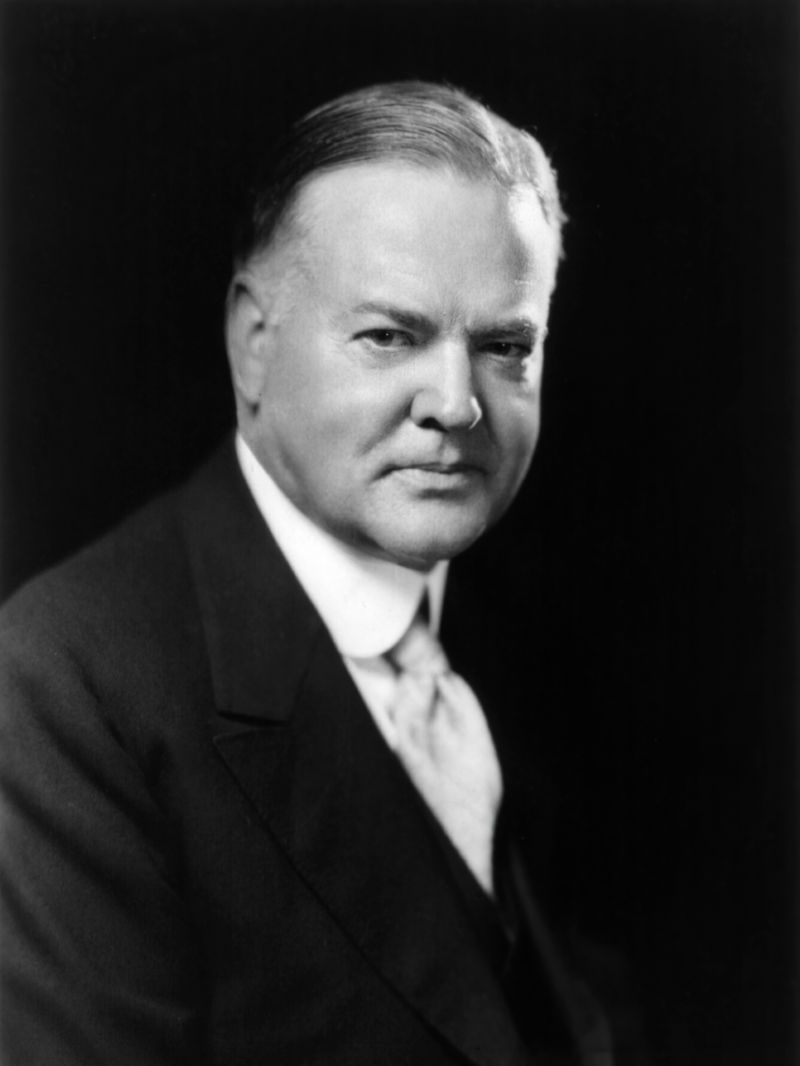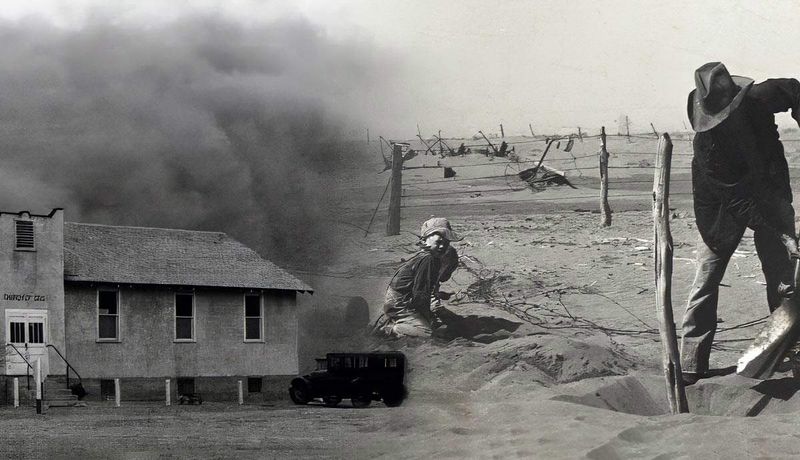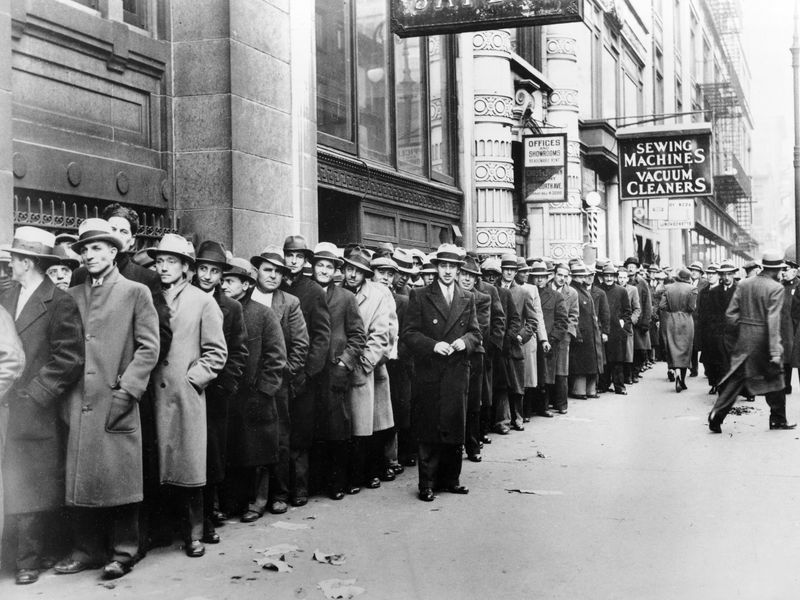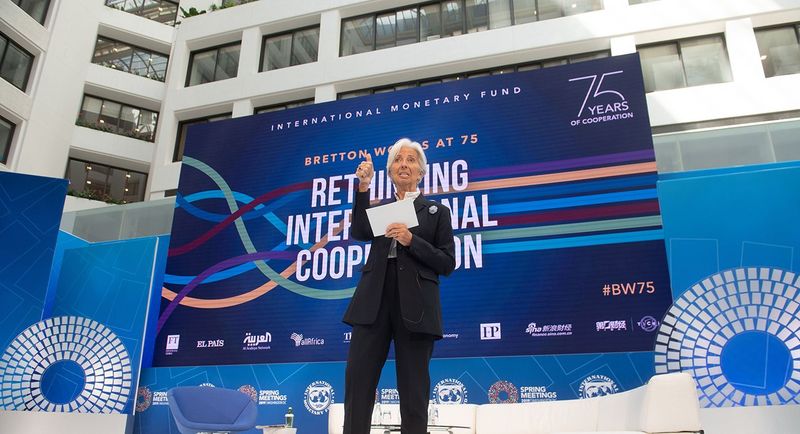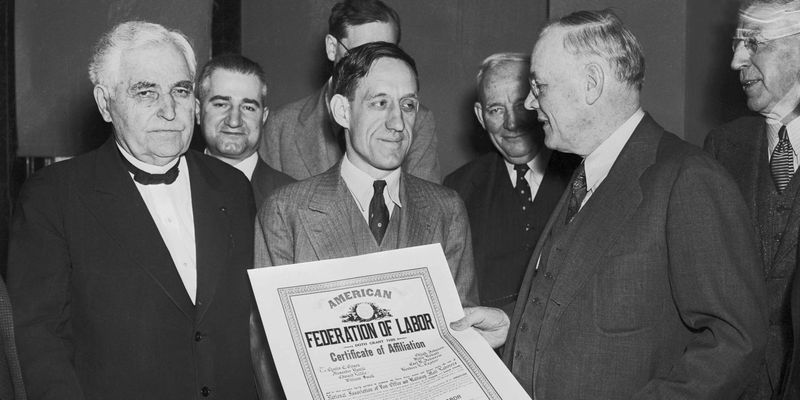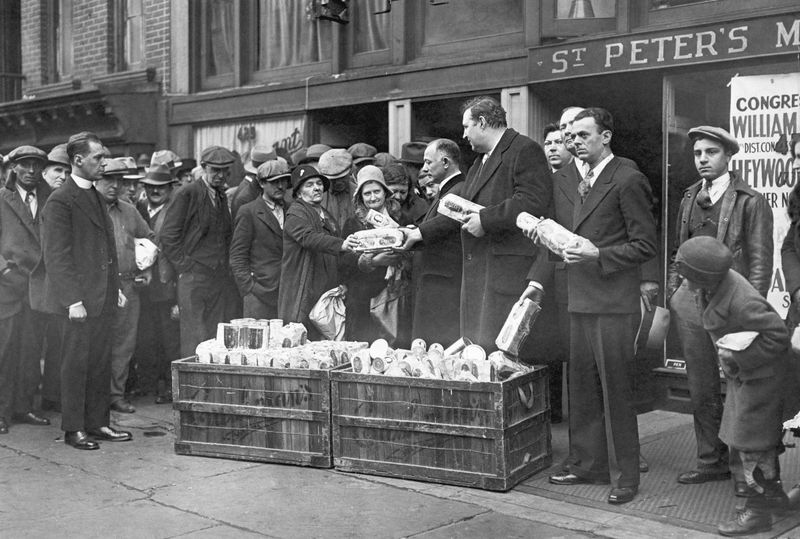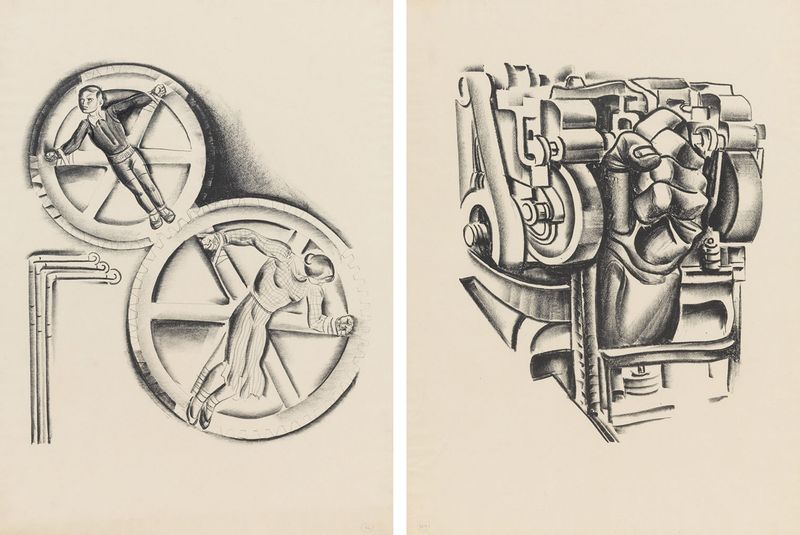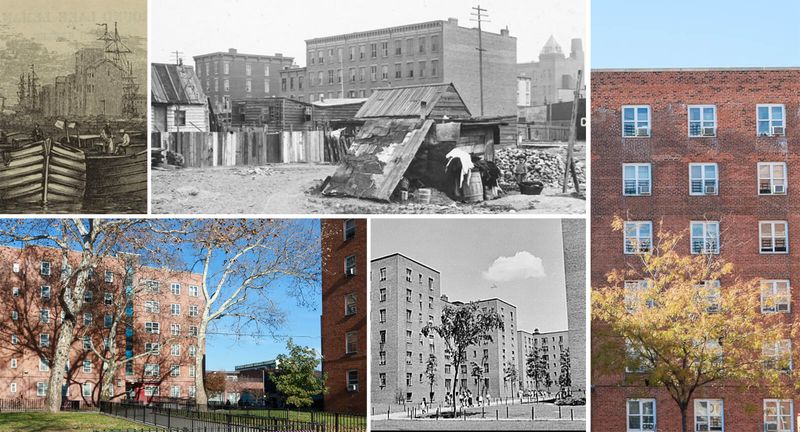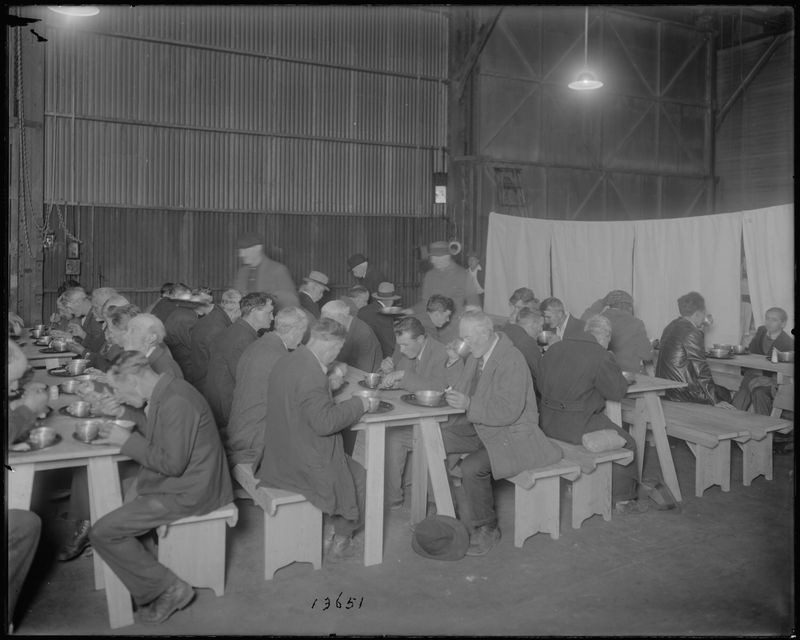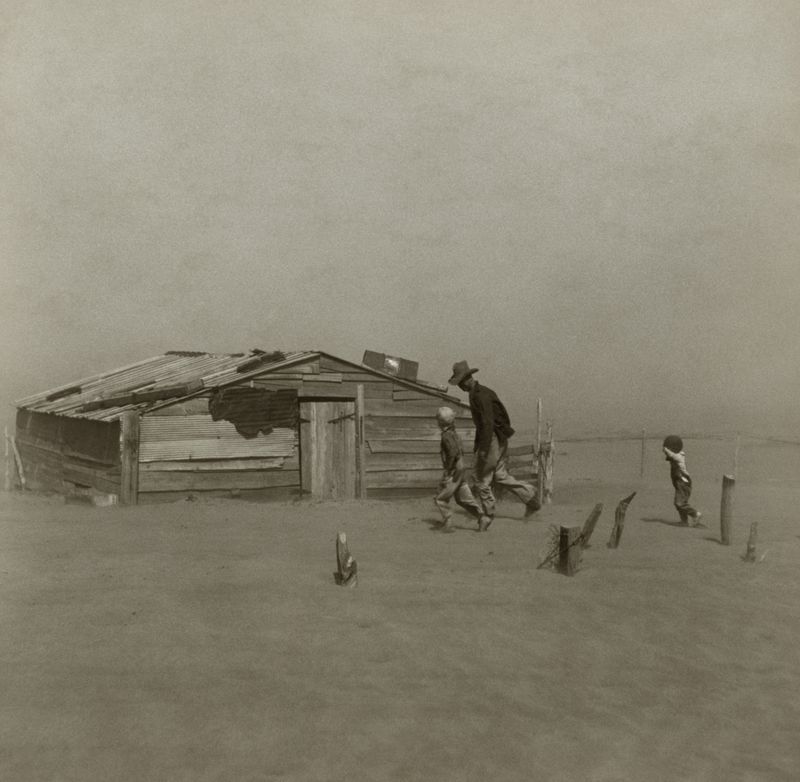The Great Depression was a defining era in world history that has been subject to various myths and misconceptions. While some narratives have been overly dramatized or misrepresented, historians have worked tirelessly to uncover the truths that shaped this significant period. In this article, we will explore seven common myths that need to be reconsidered, alongside eleven verified truths that shed light on the realities of the Great Depression. By understanding these aspects, we can gain a better appreciation of how this period affected societies globally and learn valuable lessons from our past.
1. Myth: The Stock Market Crash Alone Caused the Depression
A popular belief is that the 1929 stock market crash singularly triggered the Great Depression. However, historians emphasize that it was merely one of many contributing factors. The crash signaled economic turmoil, but underlying issues like banking failures and reduced consumer spending were critical. Moreover, economic policies and international trade barriers exacerbated the decline. It’s essential to view the crash as a catalyst rather than the sole cause. Understanding this helps in appreciating the complex, interconnected economic landscape of the era.
2. Myth: The Great Depression Only Affected the United States
While the United States felt the brunt of the Great Depression, it was far from an isolated event. The economic downturn had global repercussions, affecting industrialized nations like Germany, the UK, and Japan. Trade networks collapsed, leading to widespread unemployment and deflation across continents. Many countries experienced their unique challenges and recovery paths. Recognizing its global impact provides a fuller picture of how interconnected economies were even back then. This myth overlooks the universal hardships faced and the worldwide struggle for recovery.
3. Myth: The New Deal Ended the Great Depression
Franklin D. Roosevelt’s New Deal is often credited with ending the Great Depression, but historians argue that it was World War II that truly revived economies. The New Deal introduced essential reforms and relief programs, injecting hope and jobs into the economy. Yet, it was the wartime production demands that significantly boosted industrial output and lowered unemployment. While the New Deal laid critical groundwork for financial recovery, it’s crucial to acknowledge the role of global conflict in economic revival.
4. Myth: Everyone Was Equally Affected by the Depression
The notion that the Great Depression affected everyone uniformly is misleading. Economic and social impacts varied widely across different demographics and regions. Urban areas often faced massive unemployment and homelessness, while rural communities struggled with plummeting crop prices. Minority groups and women encountered unique challenges, with limited access to job opportunities. Recognizing these disparities is vital for understanding the diverse experiences of those living through the Depression. It highlights how economic hardship was not a monolithic experience.
5. Myth: Hoover Did Nothing to Combat the Depression
Herbert Hoover is frequently criticized for inactivity during the Great Depression. However, historians note that he implemented several measures in an attempt to counteract the economic downturn. Hoover advocated for public works programs and encouraged businesses to maintain employment levels. His policy of voluntary cooperation was a significant strategy, despite its limited success. Although his efforts were insufficient in halting the Depression, dismissing his contributions entirely overlooks his attempts to stabilize the economy.
6. Myth: The Dust Bowl Was Solely a Natural Disaster
The Dust Bowl is often perceived strictly as a natural calamity, yet human actions played a crucial role. Poor agricultural practices depleted soil quality, making it vulnerable to erosion. When droughts hit the Plains, winds swept away topsoil, exacerbating the disaster. This period highlighted the importance of sustainable farming techniques. Acknowledging human influence in the Dust Bowl reveals lessons in environmental stewardship and the necessity of adapting agricultural practices to changing climates.
7. Myth: The Great Depression Was the Worst Economic Downturn Ever
The Great Depression is often cited as the worst economic downturn, yet historical records show other periods with comparably severe impacts. For instance, the Long Depression in the late 19th century also caused widespread financial distress. Modern economic crises continue to challenge this perspective. While the Great Depression had profound global effects, it’s crucial to contextualize its severity against other downturns. Understanding these comparisons helps us learn from past economic patterns and adapt to future challenges.
8. Truth: The Great Depression Led to Significant Economic Reforms
The legacy of the Great Depression includes substantial economic reforms that reshaped financial systems. Regulatory frameworks, such as the Glass-Steagall Act, were introduced to prevent future banking crises. Social safety nets, like Social Security, emerged to provide public welfare. These reforms laid the foundation for modern economic policy and governance. The era’s challenges spurred innovative solutions that continue to influence today’s economic landscape. Recognizing these reforms underscores the Depression’s role in shaping contemporary financial stability.
9. Truth: The Role of Women Changed During the Depression
The Great Depression significantly altered women’s roles in society. As male unemployment soared, many women sought work to support their families. This period saw women entering diverse occupations, from factories to office jobs. Despite facing job discrimination and lower wages, their economic contribution was vital. The era challenged traditional gender roles, paving the way for future social change. Understanding this shift highlights women’s resilience and adaptability and their crucial role in navigating economic hardships.
10. Truth: The Great Depression Fostered the Arts
Despite economic difficulties, the Great Depression was a time of cultural flourishing. The arts became a medium for expressing societal struggles, with artists like Dorothea Lange capturing poignant images. Federal programs supported musicians, writers, and actors, fostering creativity and providing employment. This era’s artistic output remains influential, reflecting the resilience and spirit of the time. Recognizing this artistic boom offers insights into how adversity can fuel creativity and contribute to cultural growth.
11. Truth: The Great Depression Prompted Global Economic Cooperation
The economic turmoil of the Great Depression led to increased international collaboration. Countries recognized the necessity of working together to stabilize global markets. Initiatives like the London Economic Conference sought collective solutions to monetary issues. This period marked the beginning of more integrated economic policies. Understanding this cooperation highlights the interdependence of nations and the efforts to prevent repeat occurrences of such financial disasters. It emphasizes the importance of global dialogue in economic recovery and stability.
12. Truth: The Great Depression Transformed Labor Relations
The Great Depression was a pivotal moment for labor relations, prompting significant changes in worker rights and unionization. As employment opportunities diminished, workers rallied for improved conditions and fair wages. The New Deal’s labor reforms, such as the Wagner Act, empowered unions and strengthened collective bargaining. These developments laid the groundwork for modern labor standards. The era’s labor struggles underscore the critical role of workers in shaping economic reforms and highlight the enduring legacy of their fight for equality.
13. Truth: Small Businesses Showed Remarkable Resilience
Amidst economic adversity, small businesses displayed noteworthy resilience during the Great Depression. Many adapted to changing consumer needs, offering affordable and essential goods and services. Community support played a crucial role in sustaining these enterprises. Local businesses became centers of social interaction and mutual aid, fostering a sense of solidarity. This resilience highlights the importance of adaptability and community ties in weathering economic storms. It serves as a testament to the enduring spirit of entrepreneurship in challenging times.
14. Truth: The Great Depression Fueled Technological Innovation
The Great Depression, despite its hardships, spurred technological advancements as industries sought efficiency. Innovations in household appliances, communication, and transportation emerged during this time. The necessity to improve production processes drove creative solutions, leading to lasting technological progress. This era of innovation laid the foundation for future industrial growth and modernization. Recognizing these advancements underscores the potential for economic adversity to catalyze technological breakthroughs and contribute to long-term progress.
15. Truth: Urban Planning Evolved During the Depression
The challenges of the Great Depression fostered advancements in urban planning. As cities faced population surges and infrastructure demands, planners embraced new approaches to housing and public spaces. Initiatives aimed at improving living conditions and reducing congestion were implemented. This period marked a significant shift towards organized urban development, laying the groundwork for modern city planning. Understanding these changes highlights the era’s influence on current urban landscapes and the importance of planning in achieving sustainable growth and livability.
16. Truth: The Great Depression Highlighted the Need for Welfare Systems
The economic hardships of the Great Depression underscored the necessity for robust welfare systems. As unemployment soared, the lack of social safety nets became apparent. Governments introduced welfare programs to support struggling populations, setting precedents for future social policies. These measures aimed to alleviate poverty and provide stability during economic downturns. Recognizing the importance of these systems highlights the role of government intervention in safeguarding communities from financial crises and ensuring social welfare.
17. Truth: The Great Depression Enhanced Environmental Awareness
The environmental challenges of the Great Depression, such as the Dust Bowl, brought attention to ecological issues and the need for conservation efforts. This period saw the emergence of initiatives aimed at land rehabilitation and sustainable agriculture. Awareness of human impact on the environment grew, inspiring future environmental movements. This newfound awareness marked a shift towards recognizing the importance of preserving natural resources. Understanding this legacy emphasizes the role of historical events in shaping environmental consciousness and policy.
